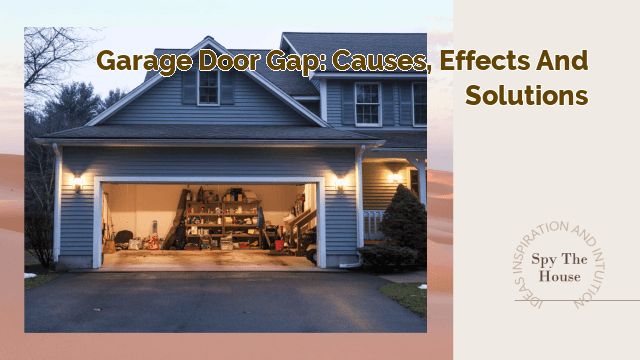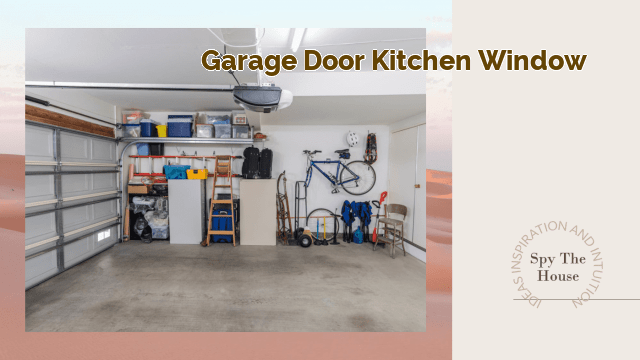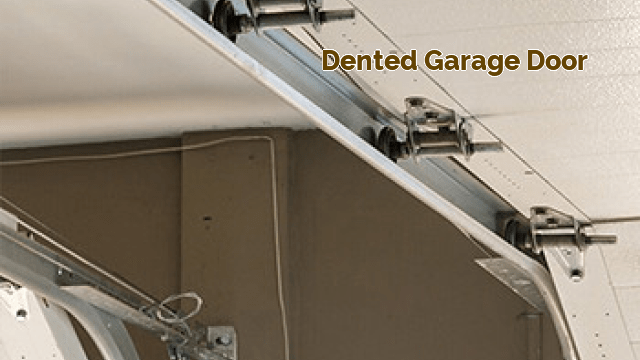Garage Door Gap: Causes, Effects and Solutions
A garage door is an important part of any home. It provides protection and security for your vehicles and other valuable items stored in the garage. However, a common problem that many homeowners face is the issue of garage door gaps. This is when there is a space between the bottom of the garage door and the ground.
What is a Garage Door Gap?
A garage door gap is a space between the bottom of the garage door and the ground. This gap can occur due to various reasons such as uneven ground or a misaligned garage door. The size of the gap can vary from a few millimeters to a few inches.
Garage door gaps can pose a serious threat to the security of your home. They can allow pests, rodents, and other unwanted visitors to enter your garage. Additionally, a garage door gap can allow water, snow, and other debris to enter your garage, causing damage to your belongings.
Causes of Garage Door Gap
There are several reasons why a garage door gap may occur. Some of the common causes include:
Uneven Ground
Uneven ground is one of the most common reasons for garage door gaps. If the ground underneath the garage door is not level, it can cause the door to tilt to one side, resulting in a gap.
Misaligned Garage Door
A misaligned garage door can also cause a gap. If the tracks that guide the garage door are not aligned properly, it can cause the door to tilt to one side, resulting in a gap.
Broken Rollers or Springs
Broken rollers or springs can also cause a gap. If the rollers or springs that support the garage door are broken, it can cause the door to tilt to one side, resulting in a gap.
Effects of Garage Door Gap
A garage door gap can have several negative effects on your home. Some of the common effects include:
Security Risks
A garage door gap can pose a serious threat to the security of your home. It can allow unwanted visitors to enter your garage, putting your home and belongings at risk.
Pest Infestation
A garage door gap can also allow pests and rodents to enter your garage. This can lead to an infestation, which can be difficult and expensive to get rid of.
Water and Debris Damage
A garage door gap can allow water, snow, and other debris to enter your garage. This can cause damage to your belongings, including your vehicles.
Solutions for Garage Door Gap
There are several solutions for garage door gaps. Some of the common solutions include:
Adjusting the Garage Door
One of the simplest solutions for a garage door gap is to adjust the garage door. This can be done by adjusting the tracks or springs that support the door.
Adding a Door Seal
Adding a door seal to the bottom of the garage door can also help to reduce the size of the gap. This can be done using a variety of materials, including rubber, vinyl, or foam.
Replacing Broken Parts
If the gap is caused by broken rollers or springs, replacing these parts can help to fix the problem.
People Also Ask
Q: How much of a gap should be under a garage door?
A: The size of the gap under a garage door can vary depending on the type of door and the installation. However, most experts recommend a gap of no more than 1/4 inch.
Q: Can a garage door gap be fixed?
A: Yes, a garage door gap can be fixed. There are several solutions for garage door gaps, including adjusting the garage door, adding a door seal, or replacing broken parts.
Q: Why is there a gap under my garage door?
A: There are several reasons why a gap may occur under a garage door. Some of the common causes include uneven ground, a misaligned garage door, or broken rollers or springs.






